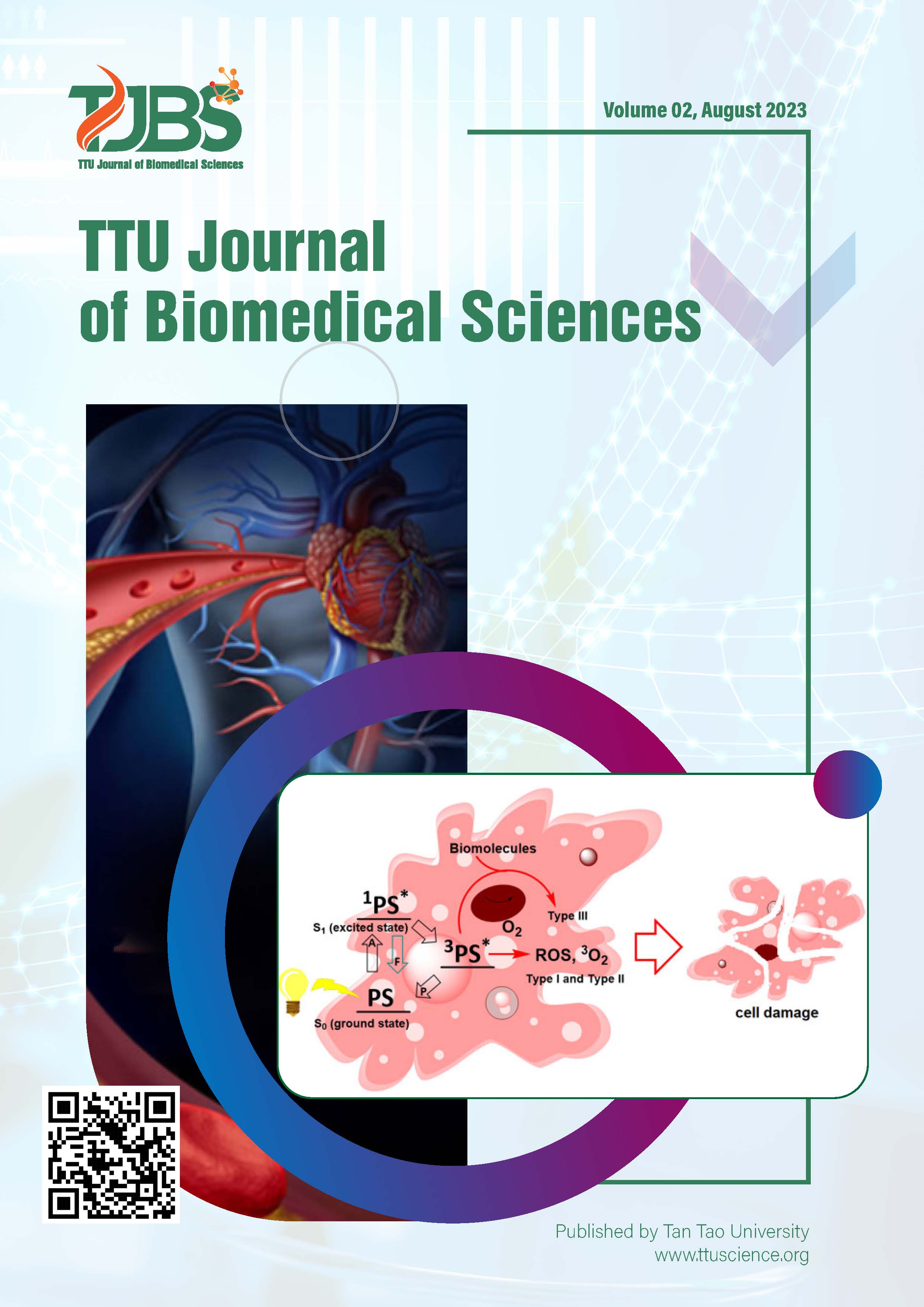
Adaptive Mechanism of Laminar Flow to Anatomical Changes in Coronary Arteries: A Clinical and Fluid Mechanic Hypothesis Generating Exercise with ChatGPT
- Articles
- Submited: October 10, 2023
-
Published: October 20, 2023
Abstract
Coronary artery disease (CAD) is a common cardiac problem associated with multiple co-morbidities and high mortality. Despite tremendous efforts in research, scientists are still unable to identify and explain the mechanisms leading to atherosclerosis and its progression or regression. In an effort to disrupt the current passive concepts on atherosclerosis, the authors challenged the artificial intelligence (AI)-based language model ChatGPT with provocative questions in a hypothesis-generating exercise. In the study of flow in pipes or biomedical systems, laminar flow is the standard that is most efficient without damaging the wall and components of the system. However, not all pipes or arteries, or veins are straight. The fluid or blood needs to navigate mild or acute curves, cross smooth or rough surfaces of the inner lumen, or flow in the same direction or against the main flow. As fluid courses through these dynamic systems, the laminar flow accommodates and changes its flow patterns for the successful transportation of fluid and materials. This review emphasizes the metamorphosis of laminar flow in various environments of pipes (or vessels in the biomedical system) to promote energy conservation and efficient transport.
